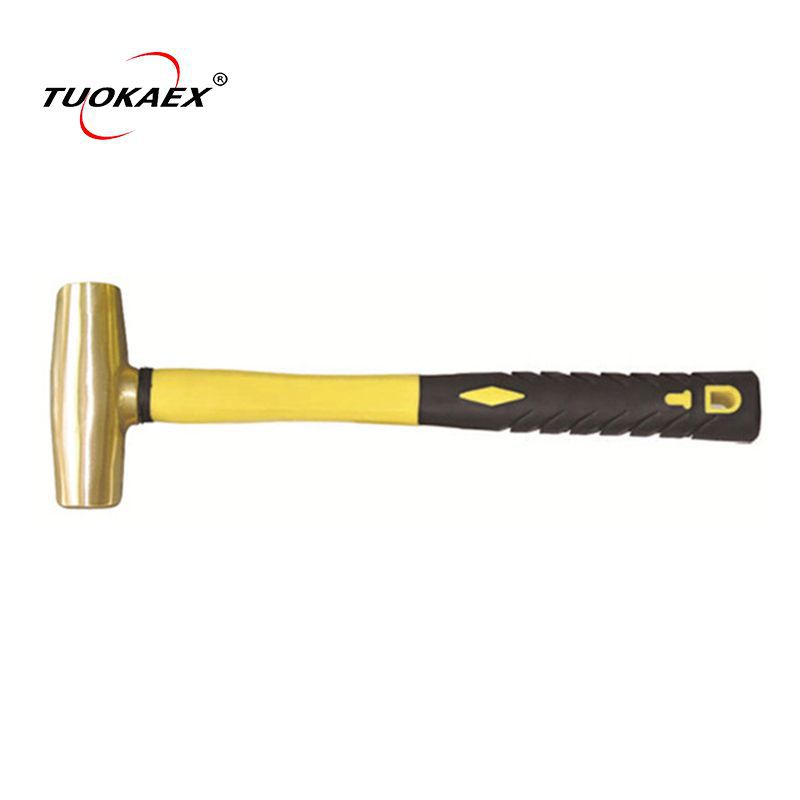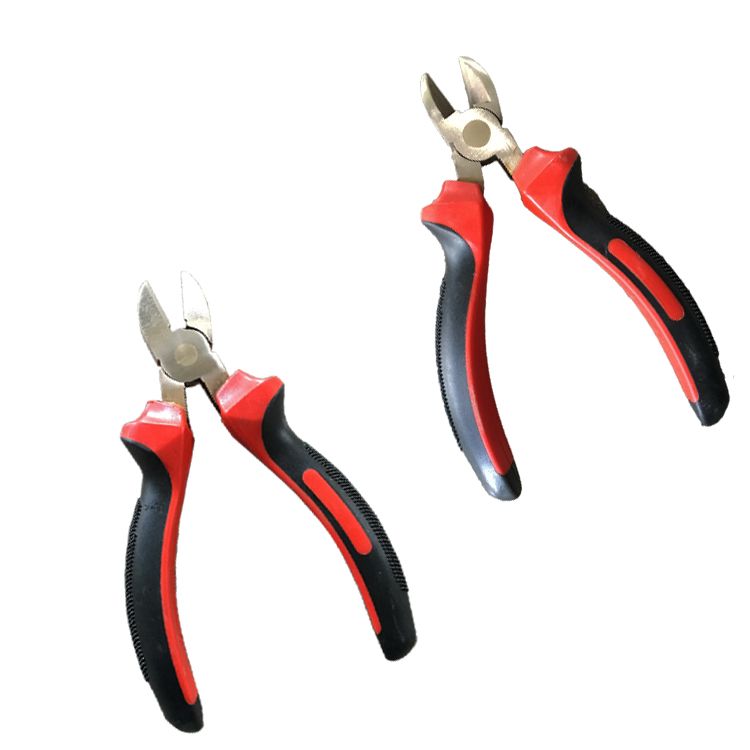Non-sparking tools are made of materials that do not contain iron (non-ferrous metals) and therefore the risk of a spark being created while the tool is in use is reduced. Non-sparking tools protect against both fire and explosion in environments that may contain flammable liquids, vapors, dusts or residues. When working in confined spaces and areas where flammable gases or dusts are present, using a non-sparking tool is the best practice.
Common materials used for non-sparking tools include brass, bronze, copper-nickel alloys, copper- aluminum alloys or copper-beryllium alloys. Beryllium alloys are less favorable due to the potential toxicity of beryllium dust. Non-metals such as wood, leather and plastics can also be used to create non-sparking tools.

Some common tools that are available in a non-sparking option include hammers, axes, pry bars, chisels, utility knives, mallets, pliers, screwdrivers, sockets and wrenches. Non-sparking polypropylene shovels are often used for hazardous material spill clean-up.
Because non-sparking tools are non-ferrous, they are softer than standard tools which are usually made of a high strength alloy steel. This may cause non-sparking tools to wear more quickly than their steel counterparts.
Hebei Tuokai safety tools co., ltd. a leading manufacturer of non-sparking tools, offers common-sense guidelines for proper use and maintenance of non-sparking tools:
Keep non-sparking tools clean and free from ferrous or other contaminants, which may impair the non-sparking properties.
Do not use non-sparking hand tools in direct contact with acetylene, due to the possible formation of explosive acetylides, especially in the presence of moisture.
During normal use, all hammers and chisels will progressively develop some damage to the striking faces of hammers or the cutting edge and striking end of chisels. As part of the normal operating and safety procedures, these tools should be returned to the workshop, as with steel tools, to have the faces and heads redressed. This is essential to prevent eye damage resulting from chips detaching from the item during use.
Do not store hammers and other hand tools fitted with wooden handles in places where the handles may dry out and shrink. This will increase the risk of the handle breaking or the head becoming loose.
Avoid overstrikes, causing damage to the shaft. Replacement handles are often available from the manufacturer, and should be fitted by a competent operator, using an approved method of fitting and paying particular attention to the fitting of the wedges.
Fiberglass handles can offer advantages over wooden handles in terms of breaking stress and tolerance for adverse environmental conditions. Fiberglass shafts fail progressively, rather than catastrophically, reducing the risk of sudden failure, injury or damage.

When selecting a wrench, the jaw opening should have a close and tight fit on the head of the nut or bolt to which it is being applied. This is especially true with non-sparking tools, as they typically do not have the hardness of steel tools.
Tools are designed for specific use. As with any tool, additional torque should not be applied through the use of “cheater bars.” In addition to the probability that the tool will be damaged, this is a dangerous practice for the safety of the operator. Wrenches should not be used as levers; screwdrivers not as chisels, and so on.
The accepted standards of safety and maintenance for common steel hand tools must also be adopted with non-sparking hand tools, in addition to any specific recommendations resulting from the alloys used.
When sharpening non-spark safety tools, follow normal safety procedures, such as the provision of eye and face protection, adequate extraction and dust collecting facilities.
If you want to get more information about the best non-sparking tools, welcome to contact us today or request a quote.